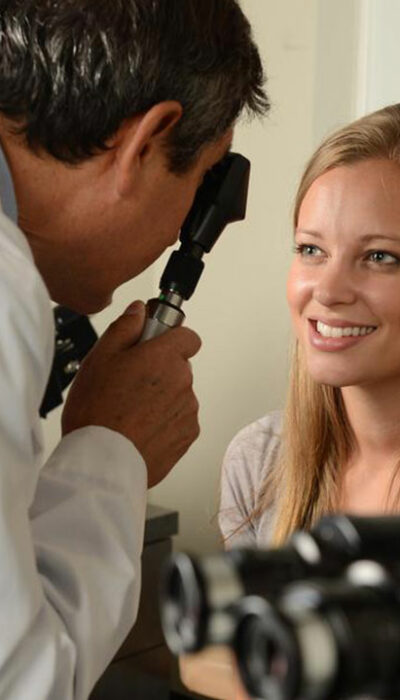
Best Treatment Options for Bone Spurs
Bone spurs are not unusual or uncommon health hazards nowadays. A bone spur is nothing but a bony outgrowth that rises along the edges of the bones. It’s often named as Osteophytes and occur at the joints of bones where they meet with each other. Even the spines bones, especially the low back lumbar bones, neck or cervical spine regions are common parts affected by bone spurs along with hip, knee, and heel. There are both surgical and non-surgical bone spur treatment options available in the medicinal study. But before that, let’s talk about the causes and the symptoms of the bone spurs. Causes The causes of the bone spurs are mainly due to prolonged stress or when the bone is rubbed for continuous time. Even osteoarthritis, as well as tendinitis, can also be the reason. Osteoarthritis breaks down the layering cartilage that forms the cushion like bedding at the ends of the bones. The bone spur is a reciprocal reaction or an attempt to compensate the loss of the body to this damage caused by osteoarthritis. Some other medical circumstances like plantar fasciitis, diffuse idiopathic skeletal hyperostosis (DISH) as well as ankylosing spondylitis may damage ligaments and give birth to bone spurs. Chronic pain or swelling in one or more joints are signs to get an appointment with the doctor for bone spurs. Treatment options for bone spurs Usually, the treatment techniques depend on the symptoms and severity of the condition of the bones. Medications are prescribed immediately and most commonly, anti-inflammatory medicines are used to heal it. Such medicines can relieve the patient from pain as well as reduce the inflammation of the bone spurs. Among the wide range of probable treatment choices, here are some of them. Non – Surgical Treatment Surgical Treatment Patients with mild to moderate irritation and compression of nerves due to bone spurs can be cured with non-surgical care.










